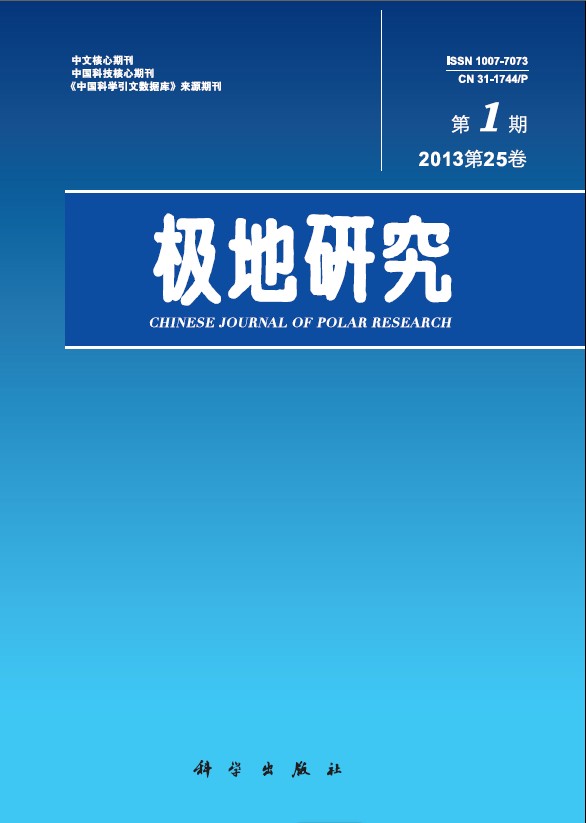|
|
ISOLATION AND PRELIMINARY IDENTIFICATION OF MICROFUNGI IN SAMPLES COLLECTED FROM ARDLEY ISLAND, ANTARCTICA
Jin Yongxuan, Cong Bailin, Wang Nengfei, Liu Shenghao, Shen Jihong, Huang Xiaohang
2013, 25 (1):
71-77.
DOI: 10.3724/SP.J.1084.2013.00071
In order to explore the diversity of Antarctic fungi and determine their role in polar ecological system, micro-fungi were isolated from substrate samples collected at the Ardley Island during Chinese 27th Antarctic Scientific Expedition. Our results showed that a total of 168 fungi strains were isolated from six Antarctic samples, and the fungi with more variety and higher amount were those isolated from rotten macroalgae, accounting for 34.6% of the total isolates. The Internal Transcribed Spacer (ITS) rDNA of 15 representative strains were sequenced and the phylogenetic tree was constructed using Mega software. Results showed that these fungi belong to four classes, eight genera, and they are Penicilliumm (5 strains), Pseudeurotium (2 strains), Geomyces (2 stains), Cladosporium (2 stains), Bionectria (1 strain), Aspergillus(1 strain), Aureobasidium(1 strain) and unclassified Onygenales (1 strain). These results suggested that the Antarctic region may have abundant species diversities of fungi. Furthermore, the analysis on extracellular enzymes revealed that 64.6%, 45.1%, 14.6% of the total tested strains could produce amylase, protease and cellulase respectively. These enzyme secretion fungi may play an important role in the energy flow and material circulation in Antarctic continent.
References |
Related Articles |
Metrics
|

